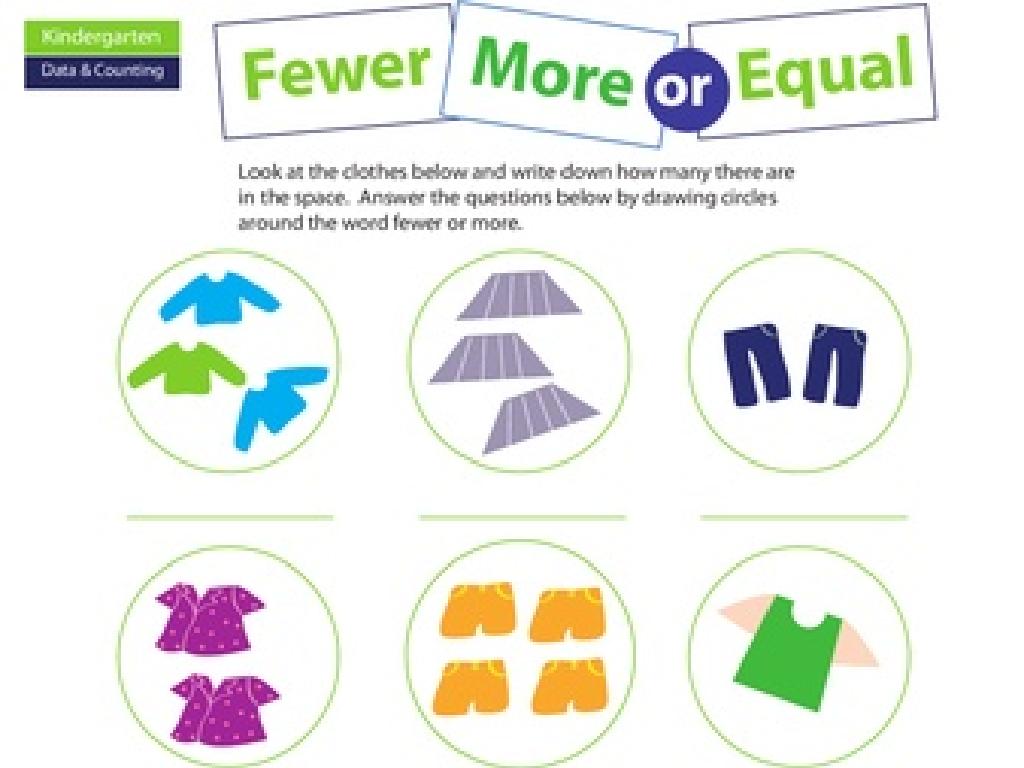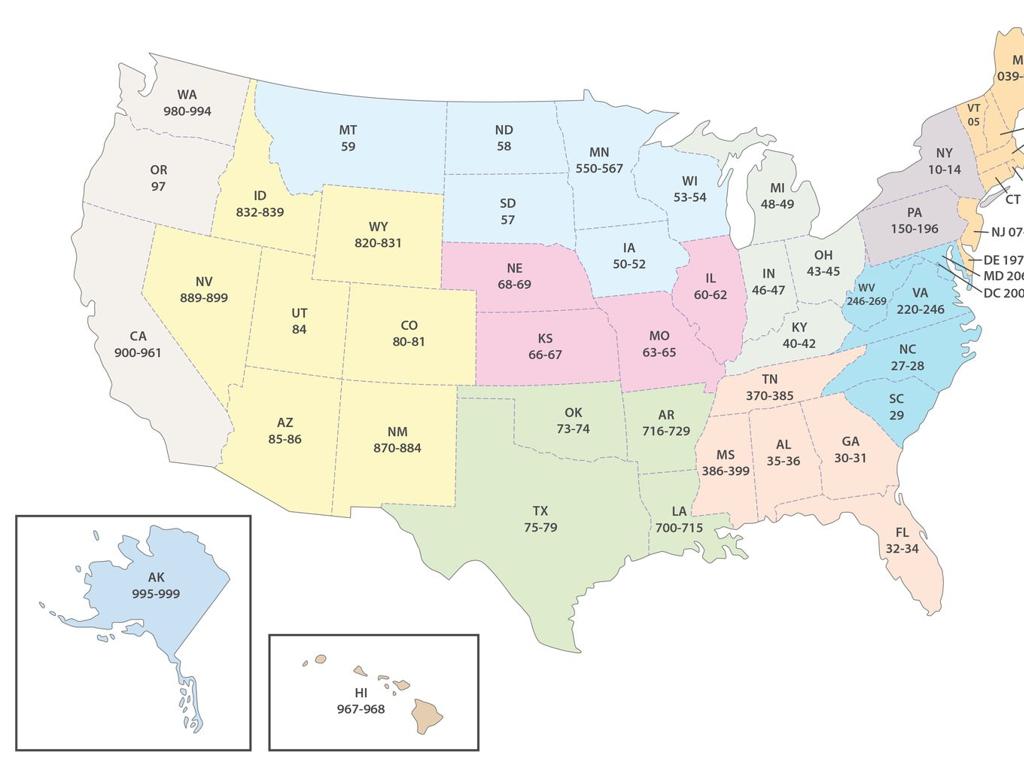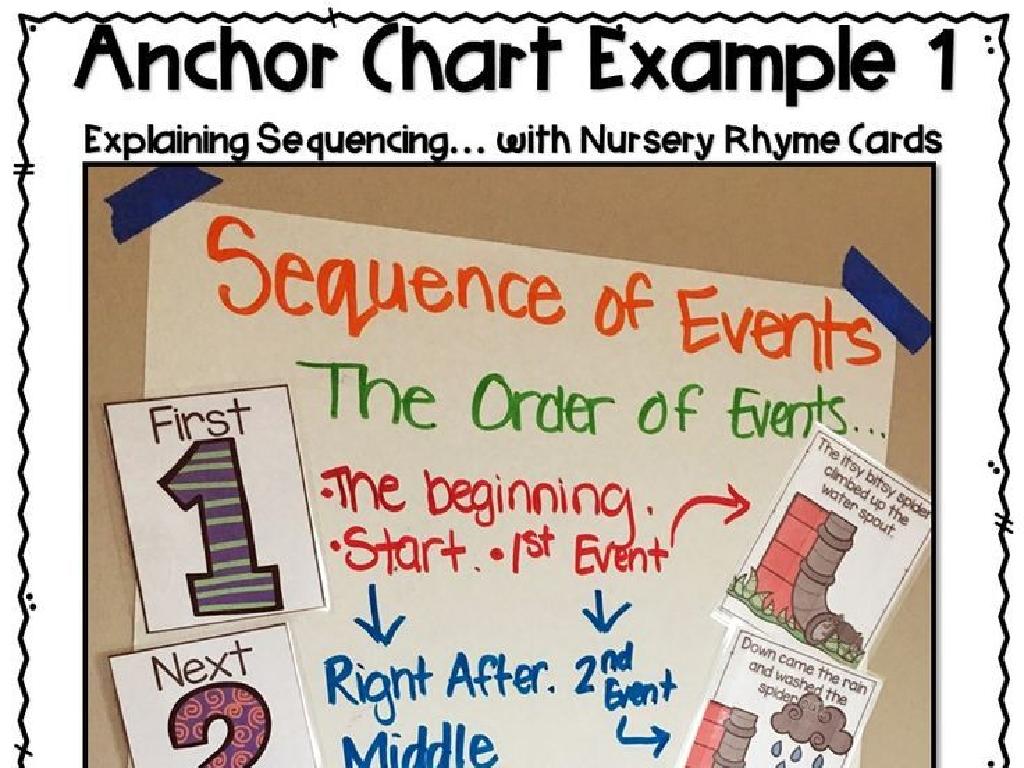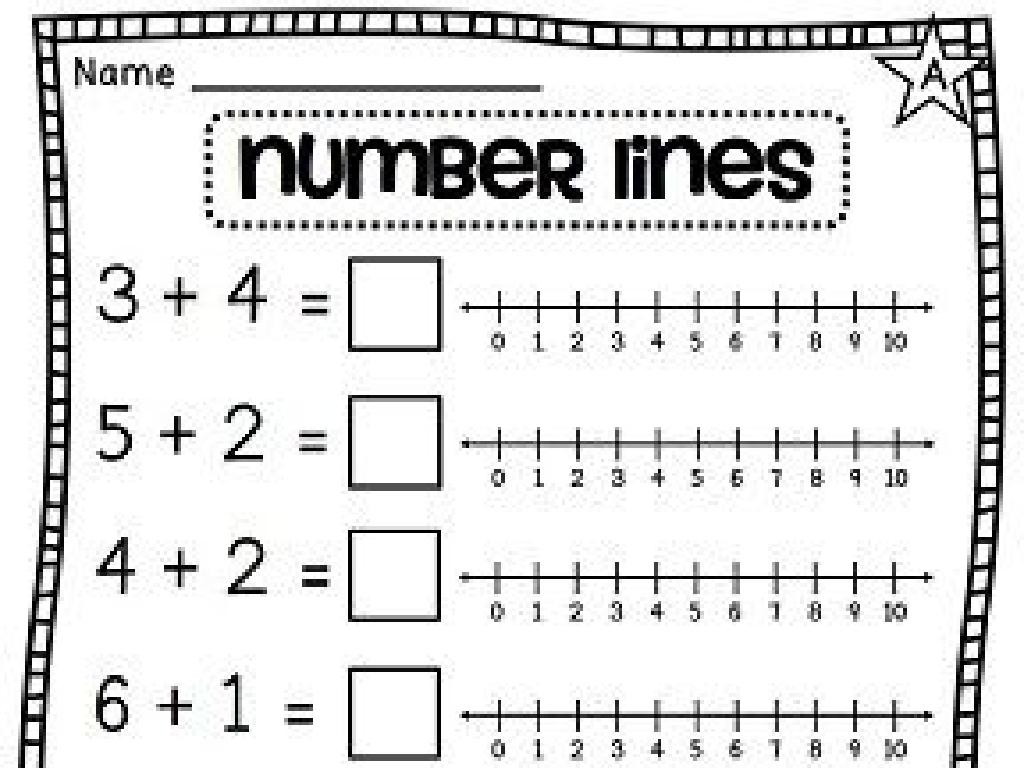Use Punnett Squares To Calculate Probabilities Of Offspring Types
Subject: Science
Grade: Eighth grade
Topic: Genes To Traits
Please LOG IN to download the presentation. Access is available to registered users only.
View More Content
Introduction to Genetics: From Genes to Traits
– Explore basics of heredity
– Heredity is how traits are passed from parents to offspring.
– Define genes and traits
– Genes are DNA segments that determine traits like eye color.
– Introduction to Punnett squares
– A tool used to visualize gene inheritance.
– Applying genetics to predict traits
– Use Punnett squares to forecast offspring characteristics.
|
This slide introduces the fundamental concepts of genetics, starting with heredity the process by which parents pass traits to their offspring. It’s crucial to define what genes are, as they are the basic units of heredity, and explain how they influence traits, which are specific characteristics such as hair color or height. Introduce Punnett squares as a visual representation to help students understand how traits are inherited. Emphasize that today’s lesson will focus on using Punnett squares to calculate the probabilities of different offspring types based on parental genes. Encourage students to think critically about how genetics affects their own traits and to be ready to apply this knowledge in practical exercises.
Understanding Punnett Squares
– Define a Punnett Square
– A grid system for predicting genetic traits
– Purpose in trait prediction
– Estimates probabilities of offspring characteristics
– Role in offspring traits
– Visual tool for genetic outcomes
– Monohybrid cross examples
– Single trait inheritance, e.g., pea plant flower color
|
A Punnett Square is a diagram that is used to predict an outcome of a particular cross or breeding experiment. It is named after Reginald C. Punnett, who devised the approach. The square is used to determine the probability of an offspring having a particular genotype. The role of Punnett Squares in genetics is crucial as it allows scientists and students to understand how traits are passed on from parents to offspring. By using examples of monohybrid crosses, such as the classic pea plant experiments conducted by Gregor Mendel, students can visualize how dominant and recessive alleles affect the probability of traits in progeny. This slide will introduce the basic concepts and set the stage for further exploration into genetic inheritance patterns.
Understanding Alleles and Their Impact
– Dominant vs. Recessive alleles
– Dominant alleles overpower recessive ones. For example, B (brown eyes) is dominant over b (blue eyes).
– Homozygous vs. Heterozygous
– Homozygous: same alleles (BB or bb), Heterozygous: different alleles (Bb).
– Genotype vs. Phenotype
– Genotype: genetic makeup (BB, Bb, bb), Phenotype: physical traits (brown or blue eyes).
– Calculating offspring probabilities
– Use Punnett squares to predict the chance of traits in offspring from parental genes.
|
This slide introduces key genetic concepts necessary for understanding how traits are inherited. Dominant alleles mask the expression of recessive alleles, which only show when paired together. Homozygous organisms have two identical alleles for a trait, while heterozygous organisms have two different alleles. The genotype is the genetic constitution of an organism, while the phenotype is the set of observable characteristics. Understanding these concepts is crucial before students can use Punnett squares to calculate the probabilities of different genotypes and phenotypes in offspring. Provide examples and encourage students to think of traits in their own families as they learn these terms.
Calculating Offspring Probabilities with Punnett Squares
– Identify parental genotypes
– Genotypes are genetic makeups, like BB, Bb, or bb
– Fill in the Punnett Square
– Place one parent s alleles on top, the other on the side, and combine
– Interpret the results
– Determine the ratio of possible genotypes and phenotypes
– Practice with examples
– Use real genetic traits, like flower color, to apply knowledge
|
This slide introduces the steps to use Punnett squares for predicting genetic outcomes. Start by explaining genotypes and how they determine traits. Show how to set up a Punnett square with alleles from each parent on the top and side, then combine them in the squares to show possible offspring genotypes. Teach students to interpret the results by calculating the probability of each genotype and corresponding phenotype. Provide practice examples, such as predicting flower colors in pea plants, to solidify understanding. Encourage students to create their own Punnett squares with different traits to explore genetic variation.
Calculating Offspring Probabilities with Punnett Squares
– Steps to calculate trait probabilities
– List possible gene combinations and count occurrences for each trait
– Understanding ratios and percentages
– Ratios show the relationship between occurrences, percentages give likelihood
– Practice problem walkthrough
– Use a Punnett square to predict offspring of heterozygous parents for a single trait
– Applying knowledge to predict traits
– Use ratios and percentages from Punnett squares to predict offspring traits
|
This slide introduces the concept of using Punnett squares to calculate the probability of offspring inheriting certain traits. Begin by explaining the steps to list all possible gene combinations from the parents. Emphasize the importance of understanding ratios and percentages as they relate to genetic probability. Walk through a practice problem with the class, using a Punnett square to predict the traits of offspring from a set of heterozygous parents. Encourage students to apply this knowledge by calculating the likelihood of different traits appearing in offspring. Provide additional practice problems for students to work on individually or in groups, and discuss the results as a class.
Dihybrid Crosses in Genetics
– Define a Dihybrid Cross
– A cross between two different genes/traits, each with two alleles
– How to set up a Dihybrid Punnett Square
– Use a 4×4 grid for two traits, place parent alleles on top and side
– Walk through a Dihybrid Cross example
– Example: Crossing RrYy x RrYy (R: round, r: wrinkled, Y: yellow, y: green)
– Calculate offspring probabilities
– Determine the likelihood of each trait combination in the offspring
|
This slide introduces students to the concept of dihybrid crosses, which involve two traits at the same time. It’s crucial to explain that each parent contributes two alleles for each trait and how these combine in offspring. The setup of a dihybrid Punnett Square is more complex than a monohybrid cross, using a 4×4 grid to account for all possible allele combinations. Walk through an example calculation step-by-step, such as RrYy x RrYy, to illustrate how to fill out the grid and calculate the probability of each genotype and phenotype. Emphasize the importance of understanding this concept for predicting genetic variation and encourage students to practice with different trait combinations.
Real-World Applications of Genetics
– Genetics in human, animal, plant inheritance
– Traits like eye color or plant resistance to disease are inherited genetically.
– Genetics’ role in medicine and agriculture
– Genetic research contributes to medical treatments and sustainable farming.
– Ethical aspects of genetic predictions
– Consider the implications of predicting genetic disorders or traits.
– Case studies: genetic testing and GMOs
|
This slide aims to connect the theoretical knowledge of genetics with practical applications in the real world. Students should understand how genetics plays a crucial role in the inheritance of traits across humans, animals, and plants, and how this knowledge is applied in fields like medicine, where it can lead to personalized treatments, and agriculture, where it can result in hardier crops. Additionally, it’s important to discuss the ethical considerations surrounding genetic predictions, such as privacy concerns and the potential for discrimination based on genetic information. Case studies on genetic testing for diseases and the use of genetically modified organisms (GMOs) in agriculture can provide concrete examples for students to consider. Encourage critical thinking and discussion on these topics to help students grasp the broader implications of genetic science.
Class Activity: Create Your Own Punnett Square
– Choose traits to predict offspring
– Work in pairs to complete squares
– Share results with the class
– Discuss findings and probabilities
|
This activity is designed to provide hands-on experience with Punnett squares. Students will select traits from a list provided or come up with their own, such as flower color or seed shape. They will then use the principles of Mendelian genetics to predict the possible outcomes of these traits in offspring. Working in pairs encourages collaboration and allows students to discuss their thought processes. After completing their Punnett squares, each pair will share their results with the class and discuss the probabilities of the different genotypes and phenotypes they discovered. As a teacher, facilitate the discussion by asking probing questions about dominant and recessive traits, and ensure that each student understands how to calculate the probability of trait inheritance. Possible activities for different pairs could include different trait combinations or even trihybrid crosses for advanced students.
Conclusion: Punnett Squares & Genetic Probability
– Recap: Punnett Squares use
– Probability in genetics
– How Punnett Squares predict the chance of traits
– Significance of genetics knowledge
– Genetics is key to understanding life sciences
– Up next: Complex Genetic Patterns
– Explore beyond simple dominant-recessive inheritance
|
This slide wraps up the lesson on Punnett squares by summarizing their use in predicting offspring traits. Emphasize the role of probability in genetics and how it helps us understand the likelihood of different genetic outcomes. Highlight the importance of genetics in various fields such as medicine, agriculture, and conservation. Prepare students for the next lesson by briefly mentioning that genetic inheritance can be more complex than the simple dominant-recessive patterns they’ve learned so far. Encourage them to think about how environment might also influence traits, setting the stage for a discussion on complex genetic patterns in the upcoming class.





